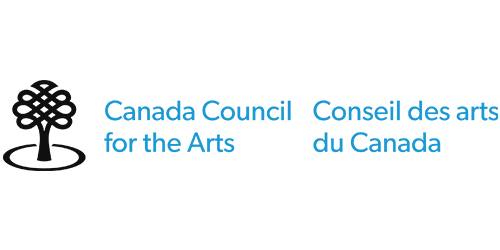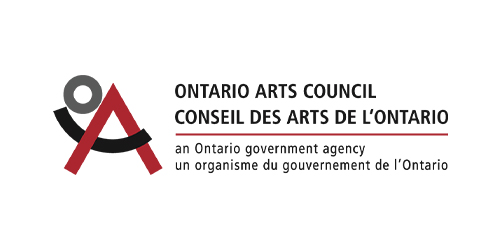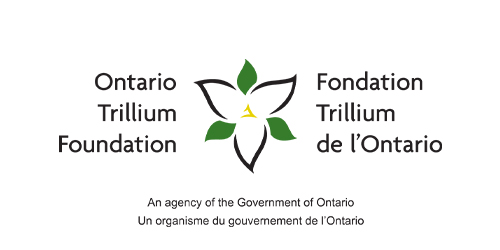Rachel Podger, guest director & violin soloist
Live performances:
February 10, 2023 at 8pm at Jeanne Lamon Hall, Trinity-St. Paul’s United Church
February 11, 2023 at 2pm at Jeanne Lamon Hall, Trinity-St. Paul’s United Church
February 12, 2023 at 3pm at Jeanne Lamon Hall, Trinity-St. Paul’s United Church
Program
Joseph Haydn
1732–1809
Symphony no. 49 in F Minor “La Passione” (1768)
Adagio
Allegro di molto
Menuetto & Trio
Finale: Presto
Wolfgang Amadeus Mozart
1756-1791
Violin Concerto in B-flat Major, K.207 (1773)
Allegro moderato
Adagio
Presto
W.A. Mozart
Rondo in C Major for violin & orchestra, K.373 (1781)
J. Haydn
Symphony no. 43 in E-flat Major “Mercury” (1771)
Allegro
Adagio
Menuetto & Trio
Finale: Allegro
Tafelmusik Baroque Orchestra
Violin I Rachel Podger, Patricia Ahern, Valerie Gordon, Julia Wedman, Cristina Zacharias
Violin II Johanna Novom, Louella Alatiit, Geneviève Gilardeau, Elizabeth Loewen Andrews,
Christopher Verrette
Viola Brandon Chui, Patrick G. Jordan, Shannon Knights
Violoncello Keiran Campbell, Margaret Gay, Michael Unterman
Contrabass Pippa Macmillan
Oboe John Abberger, Marco Cera
Bassoon Dominic Teresi
Horn Pierre-Antoine Tremblay, Micajah Sturgess
Harpsichord Charlotte Nediger
Program Notes
by Charlotte Nediger
The works of Joseph Haydn and Wolfgang Amadeus Mozart are often paired in our concert programs, as they often were in Vienna in the 1780s. The two were close friends and greatly admired each other’s music. The British writer Charles Burney quoted Haydn as saying, “I have often been flattered by my friends as having some genius, but he [Mozart] was much my superior.” The much younger Mozart turned to Haydn for guidance and inspiration, and there are many accounts of them getting together to play string quartets with colleagues. Mozart famously dedicated a set of six quartets to Haydn, memorializing this exceptional friendship, and in a very touching dedicatory address refers to the quartets as his children, asking Haydn “to receive them kindly and to be their father, their guide, and their friend.”
Haydn Symphonies 43 & 49
The Haydn scholar H.C. Robbins Landon described the sum total of Haydn’s works as “staggering and far beyond that of any other known composer.” His astoundingly long worklist is all the more impressive given that composition was but a part of his duties as Kapellmeister (Music Director) for the court of the Esterházy family. The court was based primarily outside of Vienna, moving early in Haydn’s tenure from Eisenstadt to Esterhazá, in Fertöd, Hungary. The isolation from the artistic vitality of the capital would have discouraged many, but Haydn found some advantage in it, recounting:
My Prince was satisfied with all my works; I received approval; as head of an orchestra, I could undertake experiments, could observe that which enhanced an effect and that which weakened it, thus improving, adding to it, taking away from it, taking risks. I was cut off from the world; there was no one in my vicinity to make me unsure of myself or to persecute me; and so I had to become original.
Among these original works are no fewer than 104 symphonies, two of which frame this concert. Symphony 43 was written in 1771 during a particularly productive period: between 1770 and 1774 Haydn composed 17 symphonies, as well as 12 string quartets, at least half a dozen piano sonatas, two Masses, a Salve Regina, and four operas. The symphonies are notable for their craft, imagination, passion, and variety. Symphony 43 has been described as a chamber symphony, a more intimate work, with winds used sparingly but effectively. It was published in Paris a few years after it was composed and was included on the list of “Musique du Roy” (music played for the king) in 1782. The hearty Austrian Menuet and its wistful Trio may have turned Marie Antoinette’s mind to her homeland. The nickname “Mercury” was applied much later, perhaps inspired by the fleet-footed final movement.
Symphony 49 was composed three years earlier, in 1768. Symphonies in minor keys were very much the exception in classical Vienna: Haydn wrote only eleven, and Mozart only two. Symphony 49 remains resolutely in F minor throughout, except for a brief respite in the Trio of the Menuet. Robbins Landon described the work as “sombre, dark-hued—even tragic.” Its nickname “La Passione,” applied later, links the piece to Holy Week, and it may have been written for performance on Good Friday. It is in the old-fashioned form of the sinfonia da chiesa (church sinfonia), meaning that the order of the first two movements is reversed, starting with a slow movement. The angular opening theme and counterpoint of the second movement further enhance the chiesa connection. The final movement offers a glimpse of the Sturm und Drang style with which Haydn was experimenting at the time: an artistic movement in music, literature, and visual art that aimed to “frighten, to stun, to overcome with emotion.”
The symphony made as deep an impression then as it does today: manuscript copies circulated as far as Italy and Spain, and it was eventually published in Paris and London.
Mozart Violin Concerto & Rondo
Both Haydn and Mozart were trained primarily as keyboard players, but were also skilled violinists. Both led the orchestra from the violin when directing symphonies, and from the keyboard when directing operas. Mozart’s earliest experiences on the violin are described in a delightful account by Johann Andreas Schachtner, a violinist and friend of the Mozart family. He wrote of a gathering at the Mozart house in Salzburg in January 1763, the month that Mozart turned seven.
Wolfgang had a little violin that he got as a present in Vienna … We were going to play trios, Papa [Leopold] playing the bass with his viola, Wenzl the first violin, and I was to play the second violin. Wolfgang had asked to be allowed to play the second violin, but Papa refused him this foolish request, because he had not yet had the least instruction in the violin, and Papa thought he could not possibly play anything. Wolfgang said, “You don’t need to have studied in order to play second violin,” and when Papa insisted that he should go away and not bother us any more, Wolfgang began to weep bitterly and stamped off with his little violin. I asked them to let him play with me. Papa eventually said, “Play with Herr Schachtner, but so softly that we can’t hear you, or you will have to go.” And so it was. Wolfgang played with me. I soon noticed with astonishment that I was quite superfluous. I quietly put my violin down, and looked at your Papa; tears of wonder and comfort ran down his cheeks at this scene.
Four months later the Salzburg correspondent for the Augsburg newspaper wrote: “I am credibly informed that the boy takes part in everything on a small violino piccolo made specially for him, having already appeared with a solo and a concerto at the Salzburg court. Has he then learned this since the New Year?”
In the 1770s Mozart performed as violin soloist in Salzburg, but also in Vienna, Augsburg, and Munich. Among the works he may have performed is his Violin Concerto in B-flat Major. The earliest of his five violin concertos, it was written in 1773. Despite Mozart’s youth (he was 17), it is an exceptionally well-crafted piece, a truly classical work. No hint here of rococo superficiality, or of virtuosity for its own sake. The poignant Adagio is often cited as being akin to a Mozart opera aria, with the violinist as soprano. The spirited energy of the young Mozart is evident in the final movement.
The stand-alone Rondo in C Major was written in 1781. Mozart had accompanied the archbishop of Salzburg on a trip to Vienna, together with the Salzburg concertmaster Antonio Brunetti and the castrato Francesco Ceccarelli. Mozart wrote to his father from Vienna:
Today (for I am writing at 11 o’clock at night) we had a concert, where three of my compositions were performed—new ones, of course: a concerto-rondo for Brunetti; a sonata for myself with violin accompaniment which I composed last night between 11 and 12 (but in order to be able to finish it, I wrote out only the accompaniment for Brunetti and retained my own part in my head); and then a rondo for Ceccarelli, which he had to repeat.”
The rondo for Brunetti was our C Major, K.373, written a few short days before the concert. It is a lovely gem, and we can surmise that Brunetti was as pleased to premiere it as the Viennese were to hear it.
Thank You to our Generous Donors
Tafelmusik is deeply grateful to our generous donors who have continued to support us through this challenging time. Your support has inspired us to remain strong and to deliver joy to our community through our music, and will enable us to persevere until we can once again perform live for you, our cherished patrons. Thank you for believing in Tafelmusik and in the power and beauty of music.
If you would like to make a gift, please click here or contact us at donations@tafelmusik.org.
Guest Artist Sponsors Alec & Joyce Monro
Thank you to our government sponsors



